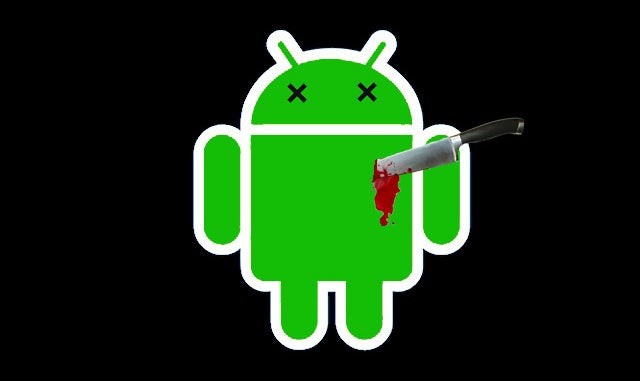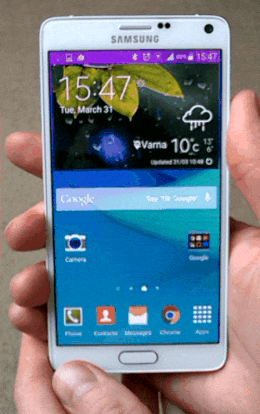Stock Android is dead
This article may contain personal views and opinion from the author.

Most of what we saw at the unveiling will eventually make its way to future (and some current) Android phones, but not really in the way that Google itself envisioned it. The fact is that in reality, Google's vision for Android M doesn't matter. And that is because Android M, in its pure form, will never make it to the most popular devices running on this platform - the Galaxies, Ones, and Gs of the world. And while most of M's key improvements will still eventually come to these phones, this is guaranteed to happen much later than the Q3 2015 timeline that Google has set.
Stock Android is dead
Stock Android needs its ‘iPhone’, and that’s not a Galaxy phone

The Galaxy Note 4 can be quite laggy, especially after sitting idle for a while
It's not just lag, though, it's a whole lot more. Devices from leading brands come with an interface that is not a slight change over stock Android: it's a complete overhaul with different icons, different apps, different animations, different style, no app drawer. It's so different that unless you are a techie you'd have a hard time recognizing that it is actually Android that phone is running, and the change has been so profound that some custom ROM makers like Cyanogen are challenging Google itself and trying to make a Google-less Android.
Then, you have Android One, Google's attempt to bring stock Android with timely, guaranteed updates for two years to devices in emerging markets. Android One devices, however, are not a true solution to the larger issue of not having a great stock Android experience: after all, Android One devices are affordable devices good in their own right, but not on par with flagship-grade devices, as their low price forces quite a few compromises.
What we're getting to is admitting a simple fact: stock Android, the version that Google spends billions working on and polishing to perfection, the best Android out there, is not available on a great no-compromise phone that most people would want to use at the moment.
Without a Nexus 5 of sorts, stock Android and Android M is just an idealistic idea with no material presence. And this has to change.
Follow us on Google News













Things that are NOT allowed:
To help keep our community safe and free from spam, we apply temporary limits to newly created accounts: